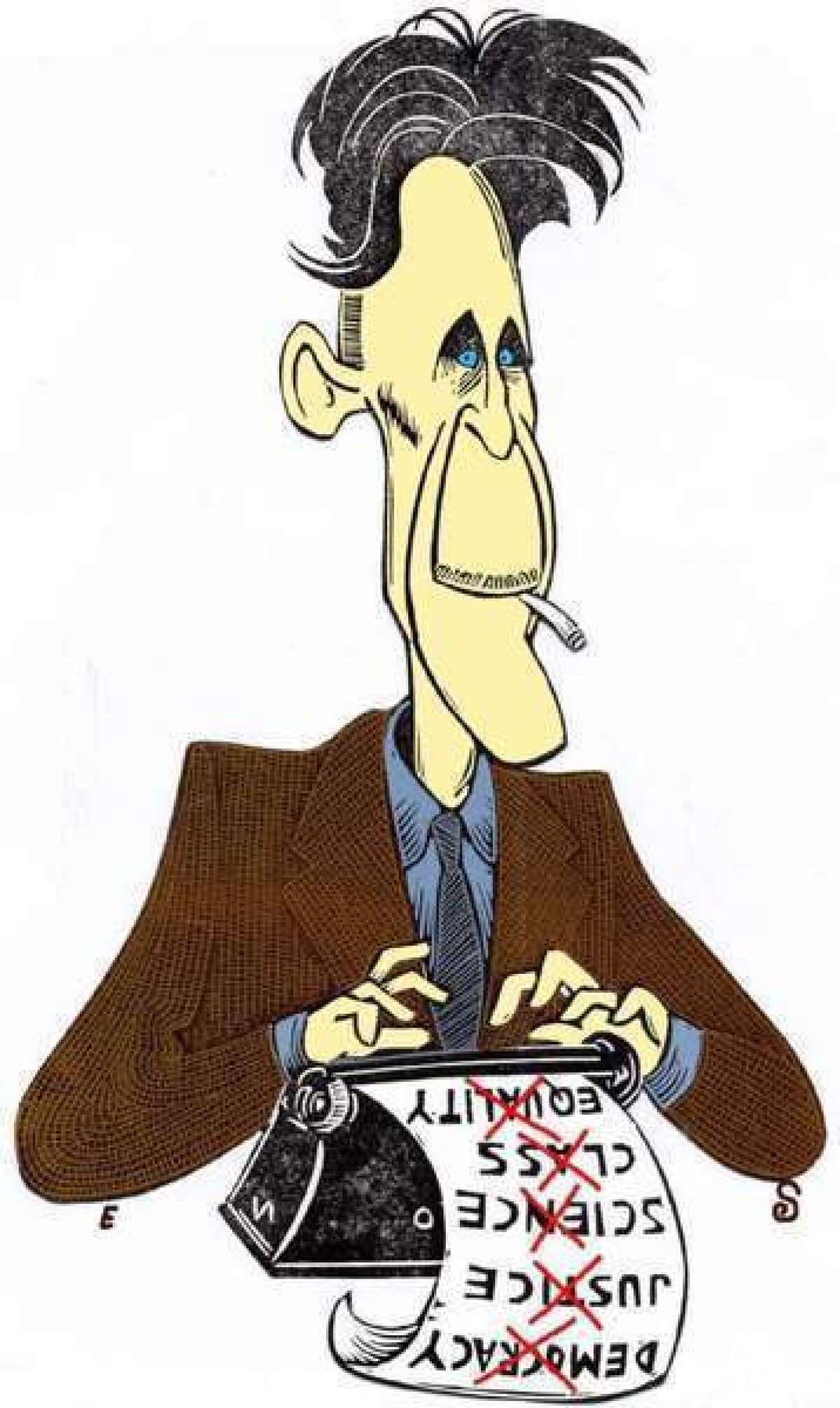Orwell’s 5 greatest essays: #5, “A Hanging”

- Share via
For anyone interested interested in the politics of left and right--and in political journalism as it is practiced at the highest level, Orwell’s works are indispensable. This week, in the year marks the 110th anniversary of his birth, we present a personal list of his five greatest essays.
“A Hanging” is one of Orwell’s earliest essays, but already a demonstration of his superb and subtle craftsmanship. The piece, published in 1931 in John Middleton Murry’s literary magazine The Adelphi under Orwell’s real name, Eric Blair, was drawn from his experiences as a member of the Imperial Police from 1922 to 1927; whether it reports an actual event is uncertain, for Orwell himself sometimes called it “just a story.”
At the ouset of his writing career, Orwell’s work displays his essential humanity and his skill at the presentation of textured detail--the impatience of the jailer to get the hanging done, the intrusion of a mongrel dog trying to lick the prisoner, the ludicrous image of the “puny” prisoner guarded by six towering armed warders. Neither the condemned man’s name nor his crime is specified.
The most famous moment in the essay is the prisoner’s sudden sidestep to avoid a puddle in the path. “It is curious,” Orwell writes, “but till that moment I had never realized what it means to destroy a healthy, conscious man. When I saw the prisoner step aside to avoid the puddle, I saw the mystery, the unspeakable wrongness, of cutting a life short when it is in full tide. This man was not dying, he was alive just as we were alive. All the organs of his body were working....and in two minutes, with a sudden snap, one of us would be gone--one mind less, one world less.”
Reach me at @hiltzikm on Twitter, Facebook, Google+ or by email.
MORE FROM MICHAEL HILTZIK
A way to make Wall Street pay its fair share
How obscene is the CEO/worker pay gap?
Why public employees should have the right to strike
More to Read
Sign up for our Book Club newsletter
Get the latest news, events and more from the Los Angeles Times Book Club, and help us get L.A. reading and talking.
You may occasionally receive promotional content from the Los Angeles Times.











